Home>Garden Essentials>What Is The Proper Soil Mix For Grass
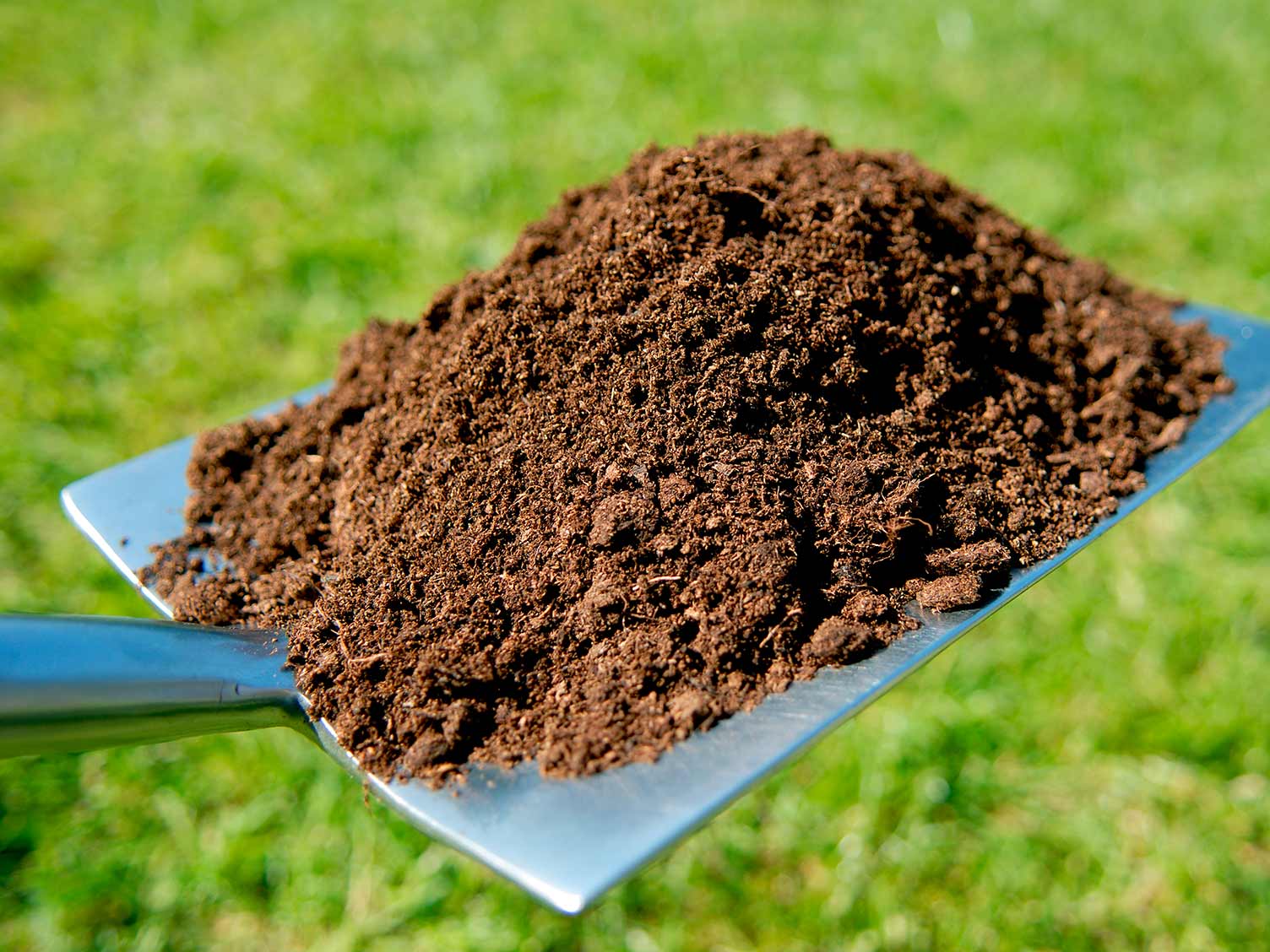

Garden Essentials
What Is The Proper Soil Mix For Grass
Modified: March 15, 2024
Discover the ideal soil mix for your garden to achieve healthy and vibrant grass growth. Ensure proper plant nutrition with expert guidance and tips.
(Many of the links in this article redirect to a specific reviewed product. Your purchase of these products through affiliate links helps to generate commission for Storables.com, at no extra cost. Learn more)
Introduction
Gardening enthusiasts and homeowners understand the importance of having lush, green, and healthy grass in their yards. But achieving that perfect lawn requires more than just regular watering and mowing. One crucial factor that often gets overlooked is the soil mix for grass.
The soil mix plays a vital role in providing the necessary nutrients, aeration, and moisture retention for grass to thrive. Having the proper soil mix can significantly improve grass growth, root development, and overall health. In this article, we will explore the importance of a proper soil mix for grass and discuss factors to consider when choosing the right soil composition for your lawn.
Whether you are starting a new lawn or looking to revive an existing one, understanding the significance of soil mix will help you achieve the lush, green carpet of grass you desire. So let’s dive in and discover the secrets to creating the perfect soil mix for your grass!
Key Takeaways:
- The right soil mix is crucial for healthy grass. Factors like pH, texture, and moisture affect grass growth. Avoid common mistakes like poor drainage and neglecting soil testing to ensure a vibrant lawn.
- Choosing the right grass seed for your soil and maintaining proper moisture levels are key for a lush lawn. Incorporating organic matter and avoiding overwatering or underwatering are essential for healthy grass growth.
Read more: What Is A Cactus Soil Mix
Importance of Proper Soil Mix for Grass
The soil mix for grass serves as the foundation for healthy turf. It provides vital nutrients, proper drainage, and a comfortable environment for the roots to establish and flourish. Here are some key reasons why the proper soil mix is essential for the success of your grass:
- Nutrient availability: Grass plants, like any other plants, require essential nutrients to grow and thrive. A well-balanced soil mix ensures the availability of these nutrients, including nitrogen, phosphorus, and potassium. These nutrients are crucial for promoting root development, leaf growth, and overall plant health. Without the right soil mix, the grass may suffer from nutrient deficiencies, resulting in poor growth and color.
- Aeration and drainage: Grass roots need oxygen to survive and absorb nutrients effectively. The soil mix for grass should have proper aeration, allowing oxygen to reach the root zone. Additionally, it should offer adequate drainage to prevent waterlogging and excess moisture, which can lead to root rot and other diseases. Good drainage also ensures that the grass roots do not become compacted, allowing them to spread and establish a strong foundation.
- Moisture retention: While proper drainage is crucial, the soil should also retain sufficient moisture for the grass to thrive. The ideal soil mix will strike a balance between drainage and moisture retention, ensuring that the grass roots receive enough water without becoming waterlogged. This is particularly important during dry periods or in regions with limited rainfall.
- pH level: The pH level of the soil has a significant impact on grass growth. Different grass varieties thrive in different pH ranges. For example, most lawns prefer a slightly acidic pH range between 6.0 to 7.0. The proper soil mix should have the right pH level to support the specific grass type you want to grow. Adjusting the pH level of the soil mix can be done using soil amendments to ensure optimal conditions for grass growth.
- Root development: The soil mix plays a crucial role in supporting the development of a healthy and robust root system. With the right combination of ingredients, the soil provides a hospitable environment for the roots to grow deep and spread wide. This, in turn, enhances the grass’s ability to access nutrients and water, making it more resilient to drought, pests, and disease.
In summary, the proper soil mix for grass is essential for nutrient availability, aeration, drainage, moisture retention, pH balance, and root development. By paying attention to these factors, you can create an environment that will promote healthy grass growth and establish a vibrant lawn that all your neighbors will envy.
Factors to Consider in Choosing Soil Mix for Grass
When it comes to selecting the right soil mix for grass, there are several factors to consider. Each factor plays a significant role in determining the suitability of the soil for optimal grass growth. Here are the key factors to keep in mind:
- Soil pH: The pH level of the soil is crucial as it affects nutrient availability and grass growth. Different grass species have specific pH requirements. Conduct a soil test to determine the pH level of your soil and choose a soil mix that matches the preferred pH range of the grass variety you intend to grow.
- Soil texture: Soil texture refers to the proportion of sand, silt, and clay particles in the soil. Sandy soils drain quickly but may struggle to retain moisture and nutrients. Clay soils offer excellent moisture retention but can become compacted, hindering root growth. Loam soils, a combination of sand, silt, and clay, are considered ideal for grass growth. Choose a soil mix with the appropriate texture to suit your grass’s needs.
- Organic matter: Incorporating organic matter, such as compost or well-rotted manure, into the soil mix can greatly enhance its fertility, moisture retention, and structure. Organic matter improves soil aeration, nutrient availability, and microbial activity, which are all beneficial for healthy grass growth.
- Drainage: Proper drainage is crucial for preventing waterlogging and ensuring the grass roots have access to oxygen. Avoid soil mixes that are heavy and compact easily, as they can lead to poor drainage. Consider adding perlite or vermiculite to enhance drainage and maintain optimal moisture levels.
- Nutrient content: Grass requires a range of essential nutrients for healthy growth. The soil mix you choose should have a good balance of these nutrients. Consider using fertilizers or organic amendments to enrich the soil mix with necessary nutrients such as nitrogen, phosphorus, and potassium. Take into account the specific nutrient requirements of the grass species you are planting.
- Resilience to compaction: Grass areas that receive frequent foot traffic may benefit from soil mixes that can withstand compaction. Compacted soil restricts root growth and hampers nutrient absorption. Look for soil mixes that contain additives like vermiculite or perlite, which help improve soil structure and reduce compaction.
By considering these factors and tailoring the soil mix to meet the specific needs of your grass type and the conditions of your lawn, you can create an optimal environment for healthy grass growth. Remember to periodically test your soil and make adjustments as necessary to maintain a balanced soil mix that will provide the best possible conditions for your grass to flourish.
Ideal Soil pH for Grass Growth
The pH level of the soil plays a crucial role in the health and growth of grass. It refers to the measure of acidity or alkalinity of the soil on a scale of 0 to 14, with 7 being neutral. Different grass species have specific pH preferences that optimize their nutrient uptake and overall growth. Understanding and adjusting the soil pH to meet the ideal range for your chosen grass type can significantly enhance its performance. Here are some key considerations:
1. Acidic Soil (pH below 7):
If the pH of your soil is below 7, it is considered acidic. Some grass species, such as centipede grass and St. Augustine grass, prefer slightly acidic soil in the pH range of 5.5 to 6.5. Acidic soil tends to have higher iron availability, which can benefit these grass types. To maintain or lower the soil pH, you can add organic matter like compost or peat moss, which can help make the soil more acidic over time.
2. Alkaline Soil (pH above 7):
If the pH of your soil is above 7, it is considered alkaline. Grass species like Kentucky bluegrass and perennial ryegrass prefer a slightly alkaline soil pH in the range of 6.5 to 7.5. Alkaline soils can have higher calcium availability, which is beneficial for these grass types. To lower the soil pH, you can incorporate elemental sulfur or acidifying fertilizers. However, adjusting alkaline soil can be more challenging than adjusting acidic soil.
3. Neutral Soil (pH around 7):
Some grass species, such as tall fescue and fine fescue, can tolerate a range of soil pH levels. They can grow well in neutral soil with a pH close to 7. Maintaining a neutral pH is relatively easier since the soil is within the acceptable range for most grass types. However, it is still important to periodically test the soil pH to ensure it remains in the desired range.
By evaluating and adjusting the pH of the soil according to the specific grass species you are growing, you can optimize nutrient availability and absorption. This, in turn, promotes healthy root development, lush growth, and increased resistance to pests, diseases, and environmental stressors. It is recommended to test the soil pH level using a soil testing kit or sending a sample to a specialized laboratory for accurate results.
Remember that maintaining the ideal soil pH for your grass is an ongoing process. Regular monitoring and adjustment, if necessary, will help ensure the long-term success of your lawn. Additionally, consider other factors like soil texture, fertility, and moisture retention in conjunction with pH levels to create an optimal soil environment for your grass to thrive.
Determining Soil Texture and Structure
Understanding the texture and structure of your soil is essential for selecting the right soil mix for your grass. Soil texture refers to the relative proportions of sand, silt, and clay particles in the soil, while soil structure refers to how these particles are arranged and aggregated. Together, they greatly impact the soil’s drainage, aeration, moisture retention, and nutrient availability. Here are some methods to help you determine the texture and structure of your soil:
1. Visual Assessment:
An initial visual assessment can provide some clues about the soil texture. Sandy soil feels gritty and is loose, allowing water to drain quickly. Silt soil feels smooth and flour-like, retaining moisture better than sandy soil. Clay soil feels sticky and is prone to compaction and poor drainage. By observing the texture, you can get a sense of the predominant soil type in your lawn.
2. Hand Test:
A simple hand test can further help determine the soil texture. Take a handful of moist soil and squeeze it gently. Sandy soil will not hold its shape and will crumble easily. Silt soil will form a shape but will not hold it for long and will break apart easily. Clay soil will hold its shape and can be molded into a ball. By observing the behavior of the soil in your hand, you can get a rough estimation of its texture.
3. Jar Test:
The jar test can provide a more precise assessment of soil texture. Collect soil samples from different areas of your lawn, ensuring they are free from debris. Place a small portion of the soil in a jar, fill it with water, and then shake vigorously. Allow the soil particles to settle for a few hours. The sand particles will settle at the bottom, followed by silt in the middle, and clay on top. By measuring the different layers, you can determine the soil texture proportions more accurately.
4. Soil Texture Triangle:
Using the results obtained from the jar test, you can then refer to a soil texture triangle, which is a graphical representation of the relationship between sand, silt, and clay. By locating the percentage of each soil component, you can identify the soil type and assess its characteristics. This information will help you make informed decisions when choosing the right soil mix for your grass.
5. Soil Structure Assessment:
Soil structure refers to how soil particles are grouped together, forming aggregates or clumps. Good soil structure allows roots to penetrate, water to infiltrate, and air to circulate. To assess soil structure, dig a small hole and examine the soil profile. Look for signs of compaction, such as hard and dense soil, and for the presence of aggregates, which indicate good soil structure. Soil amendments like organic matter can improve soil structure and enhance the overall health of your grass.
By understanding the texture and structure of your soil, you can make informed decisions about the right soil mix and amendments needed to create favorable conditions for your grass to thrive. Remember that soil composition can vary within your lawn, so it’s crucial to assess different areas and make adjustments accordingly. Regular soil testing and observation will help you maintain a healthy and flourishing lawn for years to come.
Read more: What Is Humus Soil Mix
Essential Nutrients for Grass Health
To promote healthy and vibrant grass growth, it is crucial to ensure that your lawn has an adequate supply of essential nutrients. These nutrients play vital roles in various aspects of grass development, including root growth, leaf production, and overall plant health. Here are the essential nutrients that grass needs and their key functions:
1. Nitrogen (N): Nitrogen is essential for promoting lush and vibrant green grass. It plays a significant role in leaf and stem growth. Nitrogen is a primary component of chlorophyll, the pigment responsible for photosynthesis, which converts sunlight into energy. Proper nitrogen levels not only encourage vigorous growth but also enhance the grass’s ability to compete with weeds and recover from damage.
2. Phosphorus (P): Phosphorus is crucial for root development, flowering, and seed production. It aids in the transfer and storage of energy within the plant, promoting overall growth and resilience. Adequate phosphorus levels are particularly important during the establishment phase of the grass, as it helps roots establish and expand rapidly.
3. Potassium (K): Potassium contributes to the overall health and stress tolerance of grass. It aids in root development, disease resistance, and water regulation within the plant. Potassium also helps with the efficient use of water, making grass more resilient during periods of drought or water stress.
4. Calcium (Ca): Calcium is crucial for cell wall development and strength in grass plants. It helps promote root growth and nutrient uptake, as well as assists in balancing soil pH. Adequate calcium levels ensure proper grass development and improve resistance to diseases and stresses, such as heat and cold.
5. Magnesium (Mg): Magnesium is a central component of chlorophyll, similar to nitrogen. It facilitates photosynthesis, enhances energy production, and contributes to overall plant health. Magnesium deficiency can lead to yellowing of leaves and reduced growth.
6. Sulfur (S): Sulfur is involved in various metabolic processes within the grass plant. It aids in the development of proteins and enzymes and supports the efficient utilization of other nutrients. Sulfur deficiency can result in stunted growth and reduced color.
7. Micronutrients: In addition to the macronutrients mentioned above, grass also requires various micronutrients in smaller quantities. These include iron, manganese, copper, zinc, molybdenum, and boron. While needed in small amounts, micronutrients are essential for various physiological and biochemical processes within the grass plant.
It’s important to note that while all these nutrients are essential, the requirement and ratio of each nutrient may vary depending on the grass species, climate, soil type, and management practices. Conducting a soil test can provide valuable insights into the nutrient status of your lawn, helping you make informed decisions regarding fertilizer applications and soil amendments.
By providing the necessary nutrients in the appropriate amounts, you can support healthy grass growth, improve disease resistance, enhance color, and maintain a dense and resilient lawn. Regular monitoring and appropriate fertilization practices will go a long way in ensuring the overall health and beauty of your grass.
When creating a soil mix for grass, aim for a well-draining blend of 60% topsoil, 20% compost, and 20% sand. This will provide the necessary nutrients and structure for healthy grass growth.
Organic Matter and Amendments for Soil Improvement
Improving the quality of your soil is essential for promoting healthy grass growth. Organic matter and soil amendments play a crucial role in enhancing soil fertility, structure, water retention, and nutrient availability. By incorporating these materials into your soil, you can create a favorable environment for grass to thrive. Here are some key organic matter and amendments to consider for soil improvement:
1. Compost: Compost is a valuable source of organic matter that improves soil structure, enhances moisture retention, and supports beneficial microbial activity. It adds nutrients to the soil and increases its ability to absorb and retain nutrients. Incorporating compost into your soil can also improve aeration and drainage, making it an exceptional amendment for both heavy clay soils and sandy soils.
2. Manure: Well-rotted manure is another excellent organic matter option. It enriches the soil with essential nutrients and helps improve soil structure and water retention. Manure also introduces beneficial organisms to the soil and can be particularly beneficial for nutrient-depleted or compacted soils.
3. Peat Moss: Peat moss is a lightweight organic material that enhances moisture retention in the soil. It helps loosen clay soils, improving their drainage and aeration. Peat moss also has a slightly acidic pH, making it suitable for soils with high alkalinity.
4. Leaf Mold: Leaf mold, created by decomposing leaves, is a rich source of organic matter. It improves soil structure, enhances moisture retention, and contributes essential nutrients to the soil. Leaf mold is particularly beneficial for sandy soils, as it improves water and nutrient-holding capacity.
5. Cover Crops/Green Manure: Cover crops, such as clover or ryegrass, can be planted during periods of lawn renovation or in dormant seasons. These crops act as “green manure” when tilled into the soil, adding organic matter and improving soil structure. Cover crops also help suppress weeds, prevent erosion, and enhance nutrient cycling.
6. Soil Amendments: In addition to organic matter, certain soil amendments can help improve soil structure and nutrient availability. For example, adding perlite or vermiculite can enhance soil drainage and aeration. Gypsum can help break up heavy clay soils and improve their water penetration. Lime can be used to raise soil pH in acidic soils. Sulfur or elemental sulfur can be used to lower soil pH in alkaline soils.
When incorporating organic matter or amendments, it is important to consider the specific needs of your lawn and soil type. Conducting a soil test can provide valuable insights into the pH and nutrient levels of your soil, guiding you in selecting the appropriate amendments.
Regularly applying organic matter and amendments will gradually improve soil health, fertility, and structure. Over time, you will notice the benefits of improved soil moisture retention, nutrient availability, and overall grass growth. Remember to maintain a proper balance and avoid over-application to prevent nutrient imbalances or other negative impacts on the soil ecosystem.
By investing in soil improvement through the addition of organic matter and appropriate amendments, you can create a nutrient-rich and well-structured soil environment that will support the long-term health and beauty of your grass.
Choosing the Right Grass Seed for Soil Compatibility
When it comes to establishing or renovating a lawn, choosing the right grass seed is crucial for successful growth and establishment. Soil compatibility plays a significant role in determining the performance of the grass seed. Understanding your soil type and selecting a grass variety that thrives in that specific soil environment will ensure the best results. Here are some key considerations when choosing the right grass seed for soil compatibility:
1. Soil Texture:
Consider the texture of your soil, whether it is sandy, clayey, or loamy. Different grass varieties have varying preferences for soil texture. For example, sandy soils typically drain quickly, so grasses like Bermuda grass or Zoysia grass, which tolerate drought and require good drainage, are suitable options. On the other hand, grasses like Tall Fescue or Kentucky Bluegrass can withstand heavy clay soils due to their deep root systems and ability to tolerate compaction.
2. Soil pH:
The pH level of your soil can significantly impact grass growth. Conduct a soil test to determine the pH level of your soil. Some grass varieties prefer acidic soil, while others thrive in neutral or alkaline soil. For instance, Centipede grass and St. Augustine grass prefer slightly acidic soil, while Fine Fescue and Kentucky Bluegrass tolerate a wider pH range encompassing neutral to slightly alkaline soils. Choosing a grass seed that matches your soil’s pH will optimize nutrient availability and support healthy growth.
3. Soil Moisture Retention:
Consider the moisture retention capacity of your soil. Some grass varieties like Ryegrass or Kentucky Bluegrass can handle moderate to high moisture levels, making them suitable for areas with higher water availability. Conversely, grasses like Buffalo grass or Bermuda grass are highly drought-tolerant and thrive in drier soils. Matching the grass seed’s moisture requirements with your soil’s moisture-holding capacity will help ensure proper growth and water management.
4. Sunlight Exposure:
Different grass varieties have varying tolerances for sunlight exposure. Consider the amount of sunlight your lawn receives throughout the day. Some grasses, like Bermuda grass and Zoysia grass, thrive in full sun, while others, such as Fine Fescue or Shade-tolerant varieties, can handle partial shade. Choose a grass seed that is well-suited to the sunlight conditions of your lawn to promote healthy and vigorous growth.
5. Foot Traffic Tolerance:
If your lawn experiences regular foot traffic from children, pets, or frequent gatherings, consider selecting a grass variety that is more tolerant of wear and tear. Grasses like Tall Fescue or Bermuda grass are known for their ability to withstand high foot traffic, whereas Fine Fescue or Ryegrass may not hold up as well.
By considering these factors and selecting the appropriate grass seed for your soil compatibility, you can establish a vibrant and resilient lawn that thrives in your specific soil conditions. Be sure to follow proper seeding and maintenance practices to give your grass seed the best chance for successful establishment and long-term health.
Consulting with a local lawn care professional or agricultural extension office can provide valuable insights into the best grass seed options for your specific area and soil conditions. Their expertise and guidance will help you make an informed decision and achieve a beautiful and sustainable lawn.
Maintaining Proper Soil Moisture for Grass
Maintaining proper soil moisture is vital for the health and vitality of your grass. Adequate soil moisture supports essential physiological processes, nutrient uptake, and root development. Proper moisture levels also help grass withstand environmental stressors, resist disease, and promote overall growth. Here are some key tips for maintaining proper soil moisture for your grass:
1. Watering:
Water your lawn deeply and infrequently rather than shallowly and frequently. This encourages grass roots to grow deeper in search of water, making them more resilient and able to access moisture even during dry periods. Aim for about 1 inch of water per week, taking into account rainfall and evaporation rates. Water in the early morning or late evening to reduce water loss due to evaporation.
2. Irrigation System:
Consider installing an efficient irrigation system, such as sprinklers or drip irrigation, to ensure uniform and thorough water distribution. Adjust the irrigation schedule according to the grass’s needs, the season, and the weather conditions. Avoid overwatering, as it can lead to shallow root growth and encourage disease development.
3. Rainwater Collection:
Collecting rainwater in barrels or cisterns can be an excellent way to supplement your lawn’s water needs, especially during dry periods. Using rainwater instead of treated tap water can also help reduce water consumption and save on utility bills.
4. Mulching:
Apply a layer of organic mulch around your grass, such as wood chips or straw. Mulching helps conserve moisture, reduces evaporation, and suppresses weed growth. It also improves soil structure and fertility over time as it decomposes.
5. Proper Mowing:
Maintain proper mowing practices to avoid stressing the grass and increasing water loss. Set your mower blades to the appropriate height for your grass variety to prevent scalping, which can expose the soil surface to excessive evaporation. Longer grass blades provide better shade and reduce water loss from the soil.
6. Aerate the Soil:
Aerating the soil helps improve water infiltration and allows moisture to penetrate deeper into the root zone. Core aeration removes small plugs of soil, reducing compaction and promoting better air and water movement within the soil.
7. Monitor Soil Moisture:
Regularly monitor the soil moisture levels to ensure that they remain within the optimal range. Use a soil moisture meter or visually inspect the soil to determine if it is dry and in need of irrigation. Adjust watering practices accordingly to maintain proper moisture levels.
By implementing these practices and maintaining proper soil moisture, you can create an environment that supports healthy grass growth and ensures a lush and vibrant lawn. Remember that different grass varieties have varying moisture requirements, so it’s important to understand the needs of your specific grass type and adjust your watering practices accordingly.
With regular care and attention to soil moisture, your grass will thrive, even during challenging weather conditions, and provide you with a beautiful and resilient lawn to enjoy.
Read more: What Soil Mix For Succulents
Common Mistakes in Soil Mix for Grass
Creating the right soil mix for your grass is crucial for its health and growth. However, there are some common mistakes that can hinder the success of your lawn. By being aware of these mistakes, you can take proactive steps to avoid them and ensure optimal soil conditions for your grass. Here are some common mistakes to watch out for:
1. Poor Soil Drainage:
Inadequate soil drainage is a common mistake that can lead to waterlogging and root rot. It is essential to have a well-draining soil mix that allows excess water to flow away from the roots. Avoid using heavy clay soils or compacted soils that hinder drainage. Incorporating amendments such as perlite or vermiculite can improve soil drainage and prevent water-related issues.
2. Neglecting Soil Testing:
Failing to conduct soil testing is a common mistake that can result in nutrient imbalances or pH issues. Soil testing provides valuable insights into the pH level, nutrient content, and organic matter levels in your soil. It helps you make informed decisions about soil amendments and fertilizer applications, ensuring that your grass receives the necessary nutrients for healthy growth.
3. Using Low-Quality Topsoil:
Using low-quality topsoil or low-grade soil mixes is a mistake that can hinder grass growth. Poor-quality soil may lack essential nutrients, have excessive weed seeds, or contain contaminants. Investing in high-quality topsoil or soil mixes specifically formulated for grass can greatly improve the health and vitality of your lawn.
4. Overlooking Soil pH:
Ignoring soil pH is a common mistake that can lead to nutrient deficiencies and poor grass growth. Different grass species thrive in different pH ranges. It is important to understand the pH requirements of your chosen grass variety and adjust the soil pH accordingly. Ignoring soil pH can result in nutrient lockout and chlorosis, causing yellowing and poor growth.
5. Overwatering or Underwatering:
Inconsistent or improper watering practices can have a significant impact on the health of your grass. Overwatering can lead to shallow root growth, nutrient leaching, and the development of fungal diseases. Underwatering, on the other hand, can cause the grass to become stressed, leading to browning and poor growth. It is important to water your grass deeply and infrequently, allowing the soil to dry out between waterings.
6. Ignoring Organic Matter:
Neglecting to incorporate organic matter into the soil mix is a common mistake. Organic matter, such as compost or well-rotted manure, improves soil structure, enhances nutrient content, and supports beneficial microbial activity. It helps create a fertile and healthy environment for your grass to thrive.
7. Improper Fertilizer Application:
Applying fertilizer incorrectly or using the wrong type of fertilizer can harm your grass. Over-fertilization can lead to excessive growth, weak roots, and environmental pollution. Under-fertilization can result in nutrient deficiencies and poor grass health. It is essential to follow recommended fertilizer application rates and timings for your specific grass type.
Avoiding these common mistakes will help you create an optimal soil mix for your grass, providing the necessary nutrients, proper drainage, and ideal pH conditions. By taking the time to understand and address these mistakes, you can ensure a healthy and vibrant lawn that will be the envy of your neighbors.
Conclusion
The soil mix for your grass plays a vital role in its health, growth, and overall success. By understanding the importance of a proper soil mix and considering factors such as pH, texture, moisture retention, and nutrient availability, you can create an optimal environment for your grass to thrive.
Choosing the right grass seed for soil compatibility, maintaining proper soil moisture, and incorporating organic matter and amendments are crucial steps in developing a healthy and resilient lawn. Avoiding common mistakes like poor soil drainage, neglecting soil testing, using low-quality topsoil, overlooking soil pH, incorrect watering practices, ignoring organic matter, and improper fertilizer application can significantly impact the health and performance of your grass.
By implementing the best practices and paying attention to the needs of your specific grass variety and soil conditions, you can create a lush and vibrant lawn that is both visually pleasing and environmentally sustainable. Regular soil testing, monitoring, and adjustment will help you maintain a balanced soil mix and ensure long-term success.
Remember that each lawn is unique, and the specific requirements may vary. Consulting with a local lawn care professional or agricultural extension office can provide valuable guidance and tailor recommendations to your specific region and grass type.
Investing the time and effort into creating the proper soil mix for your grass will pay off in the form of a healthy, beautiful, and resilient lawn that you can enjoy for years to come. So, start implementing these strategies today and watch your grass flourish!
Frequently Asked Questions about What Is The Proper Soil Mix For Grass
Was this page helpful?
At Storables.com, we guarantee accurate and reliable information. Our content, validated by Expert Board Contributors, is crafted following stringent Editorial Policies. We're committed to providing you with well-researched, expert-backed insights for all your informational needs.
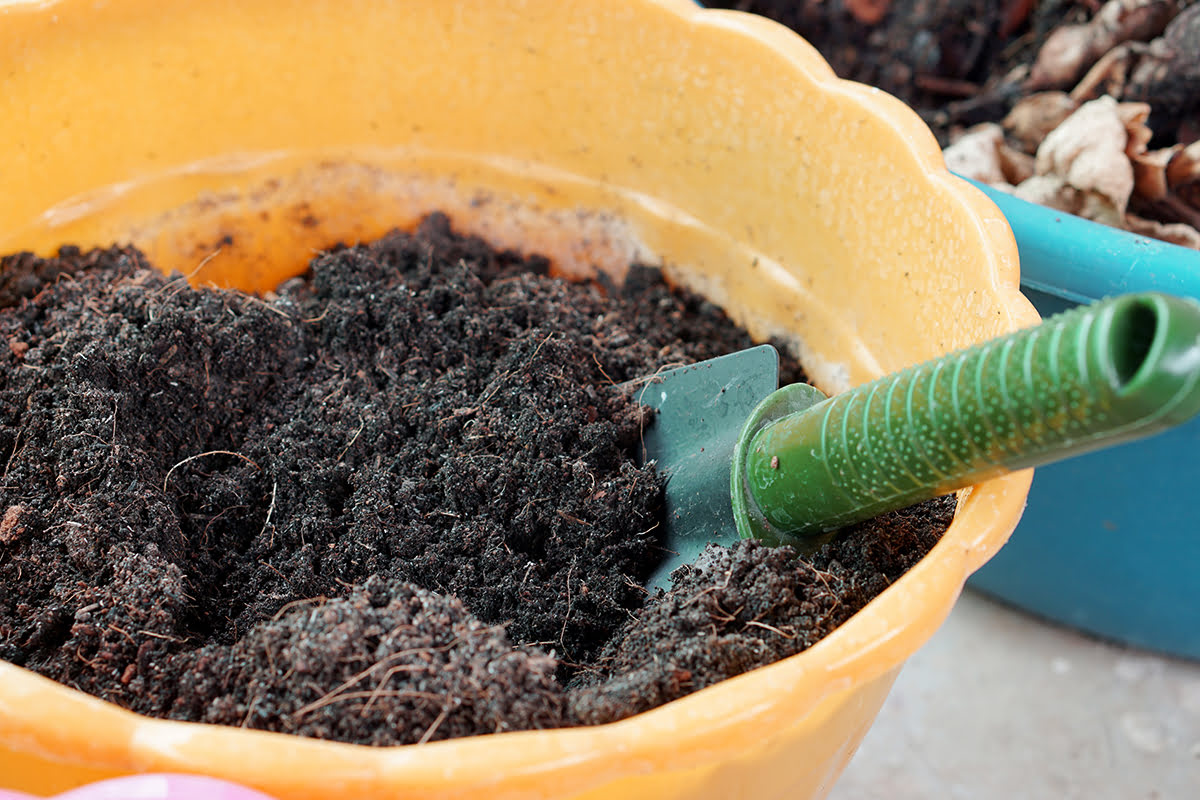
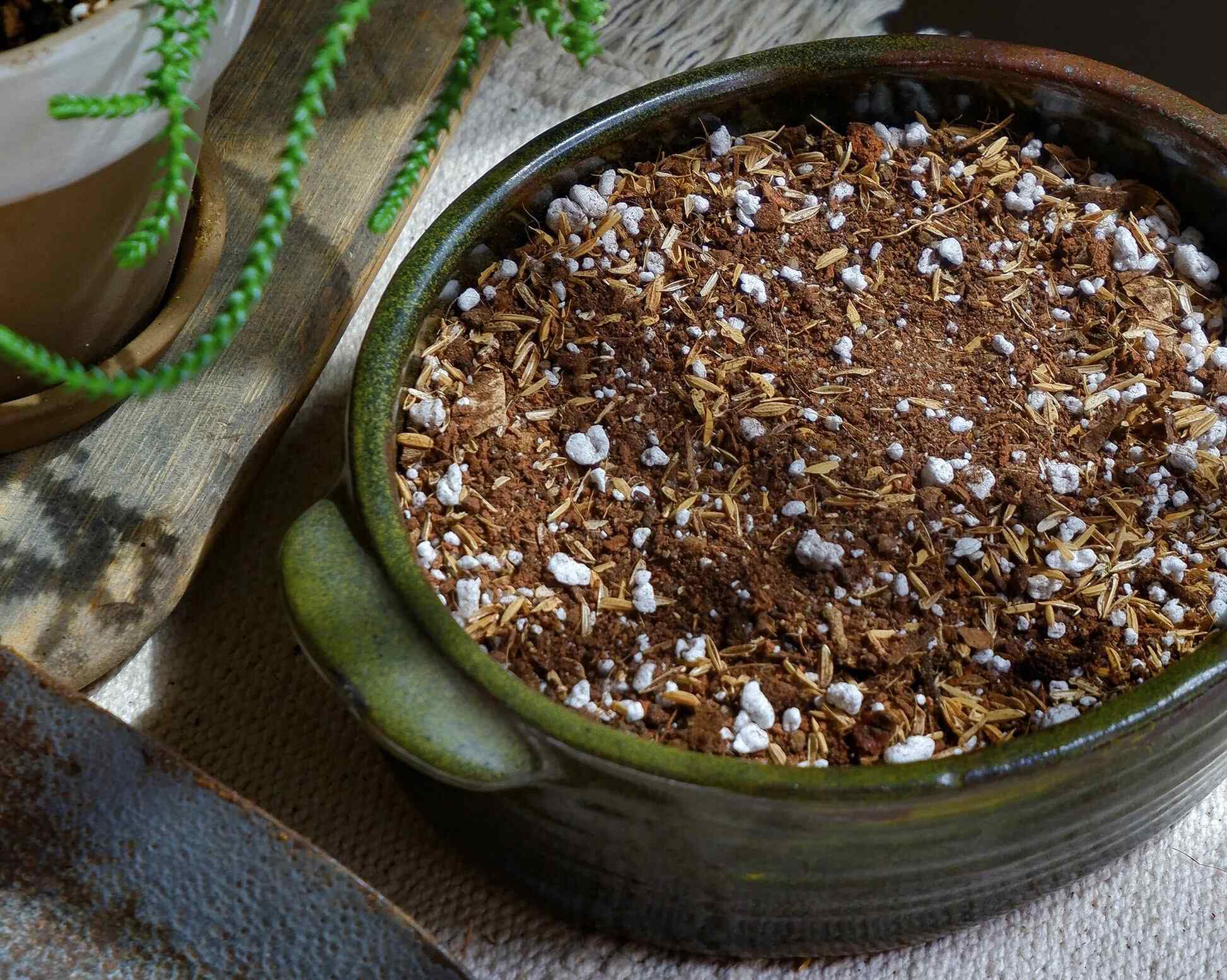
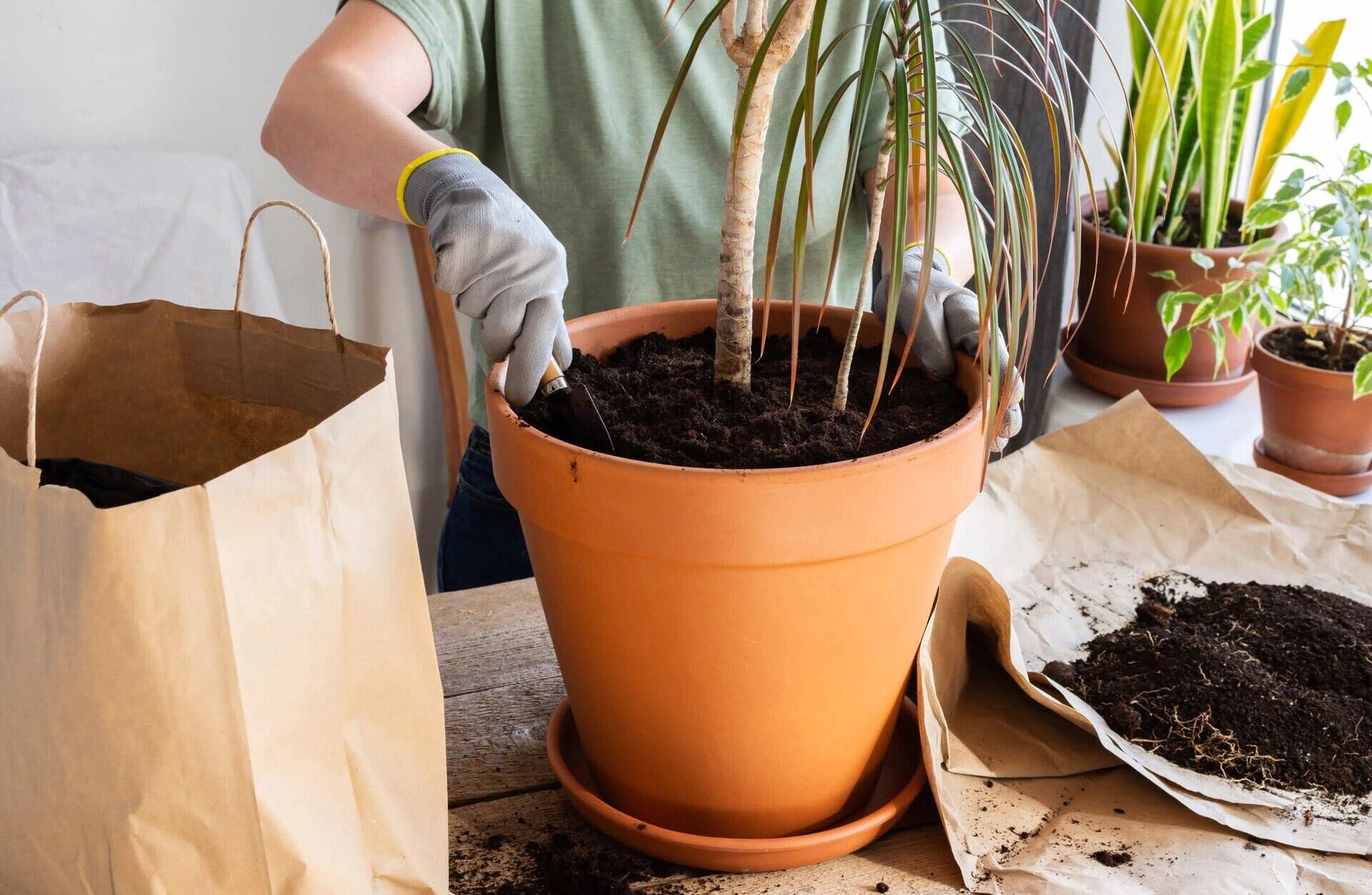
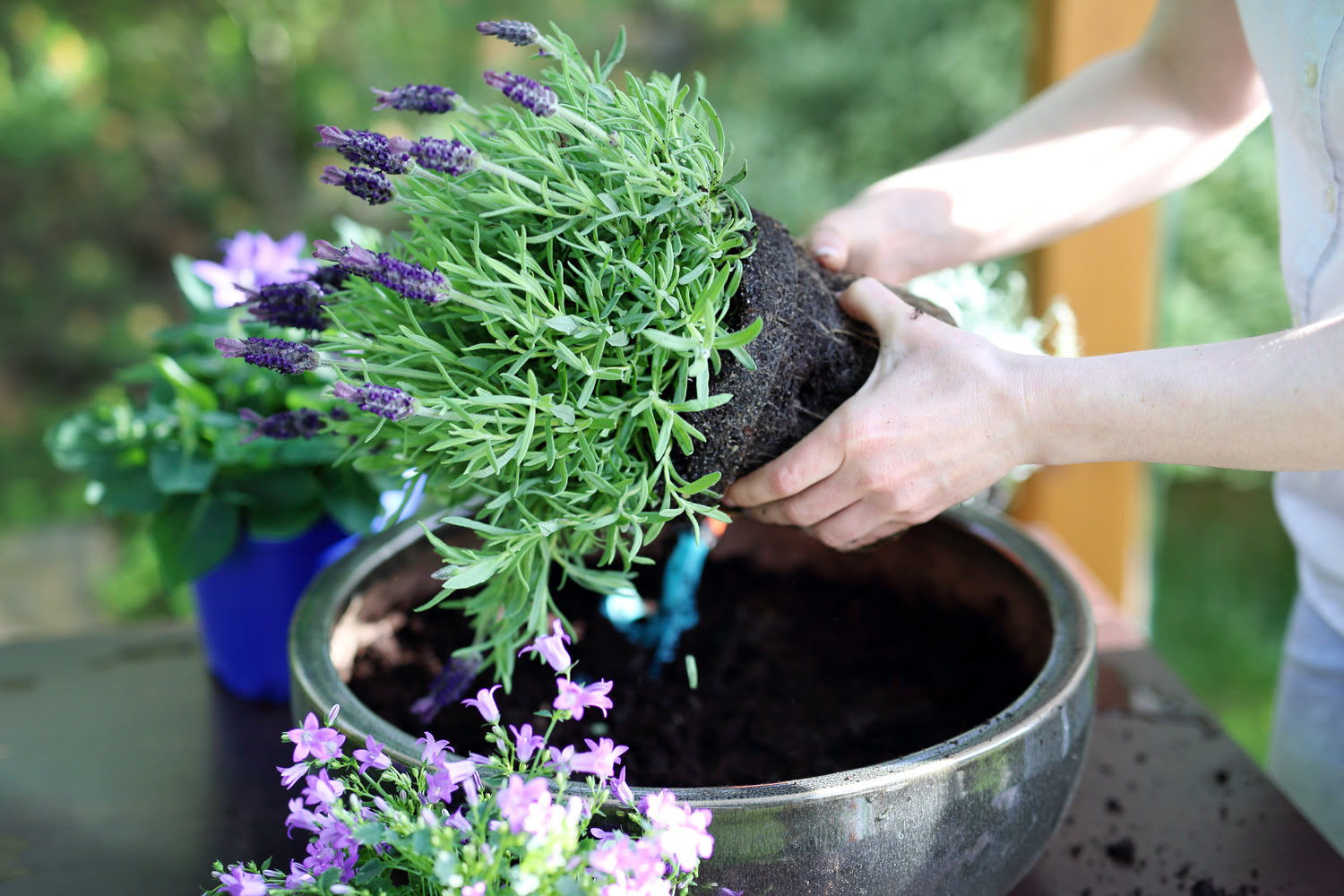
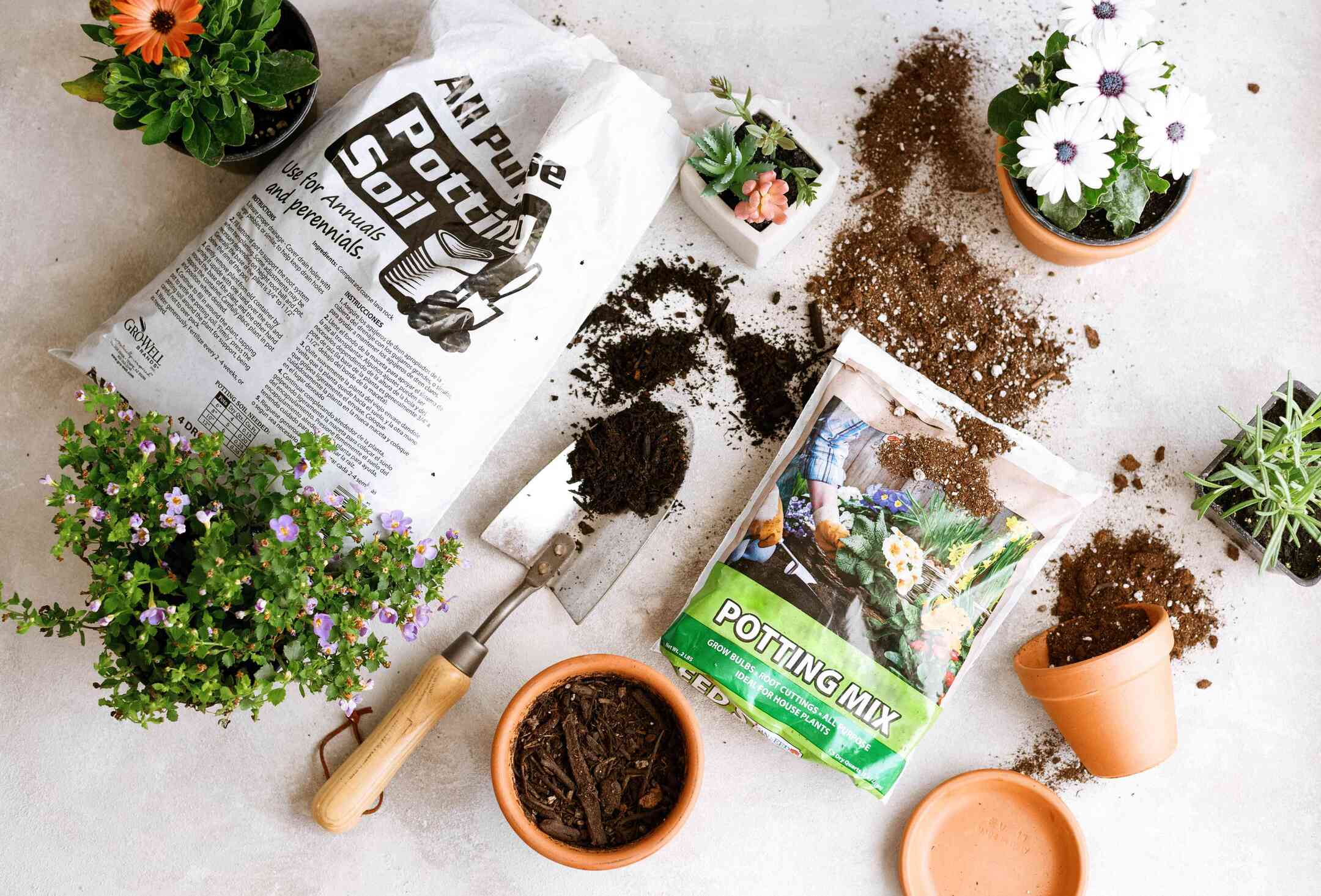
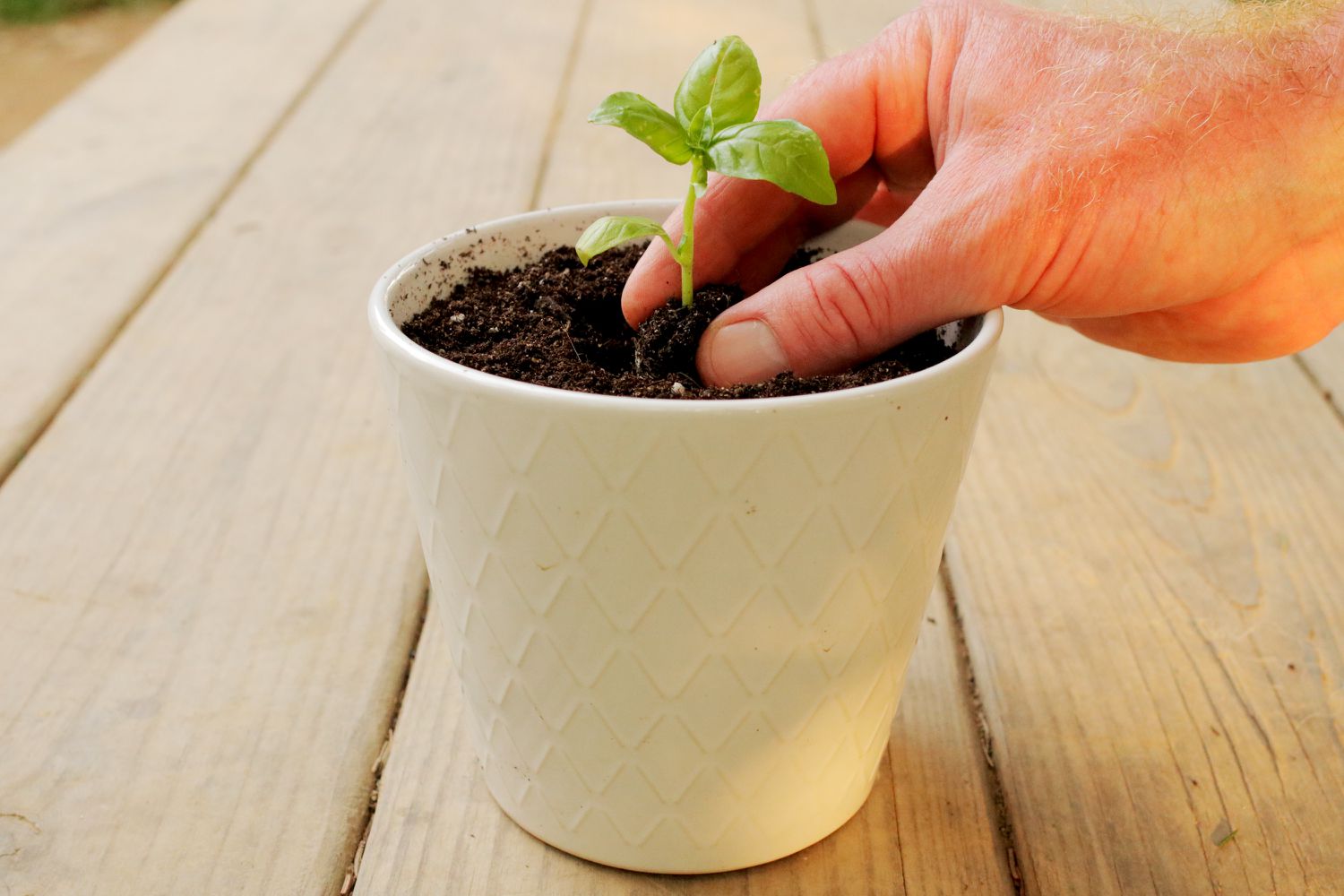
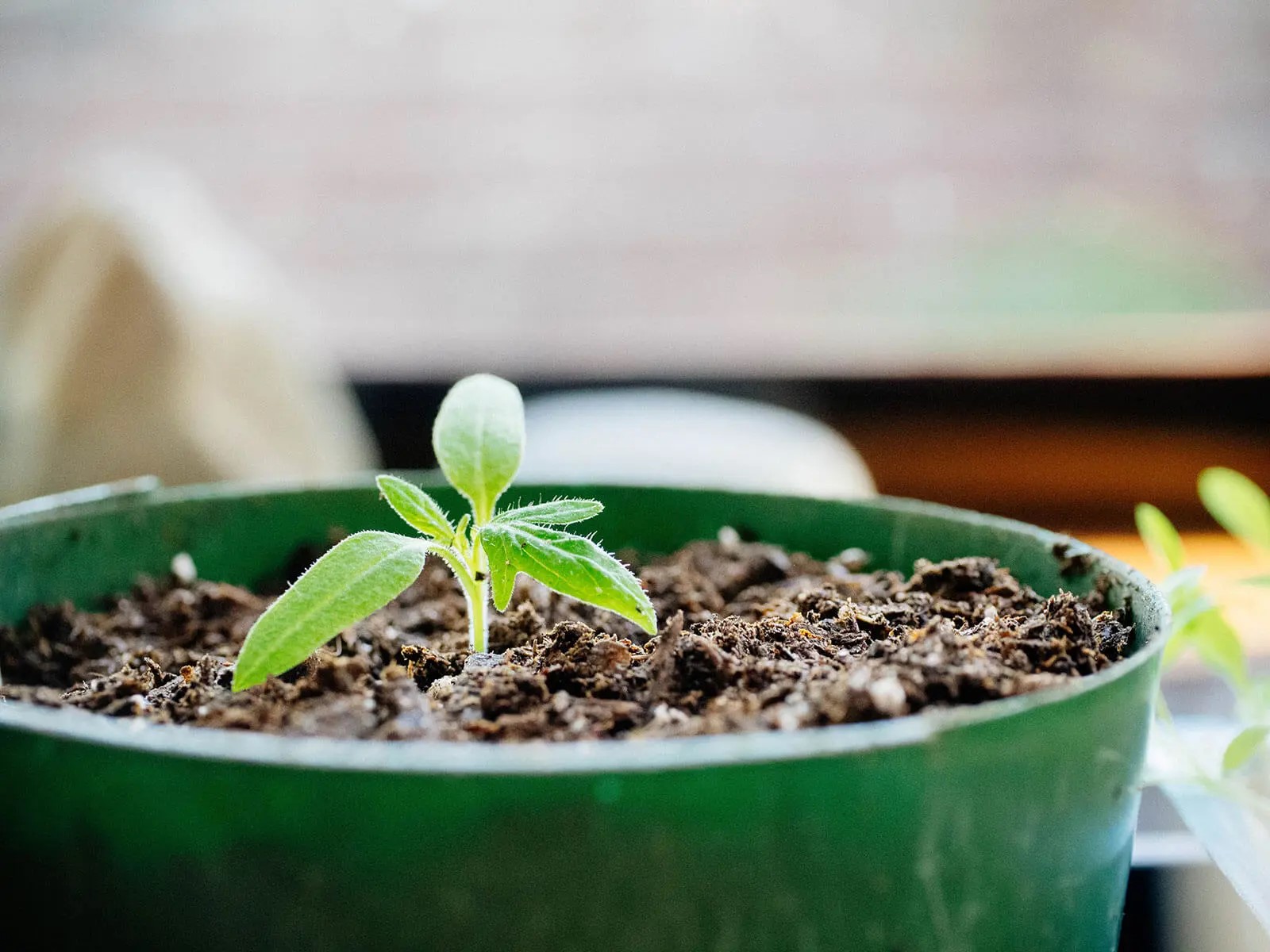


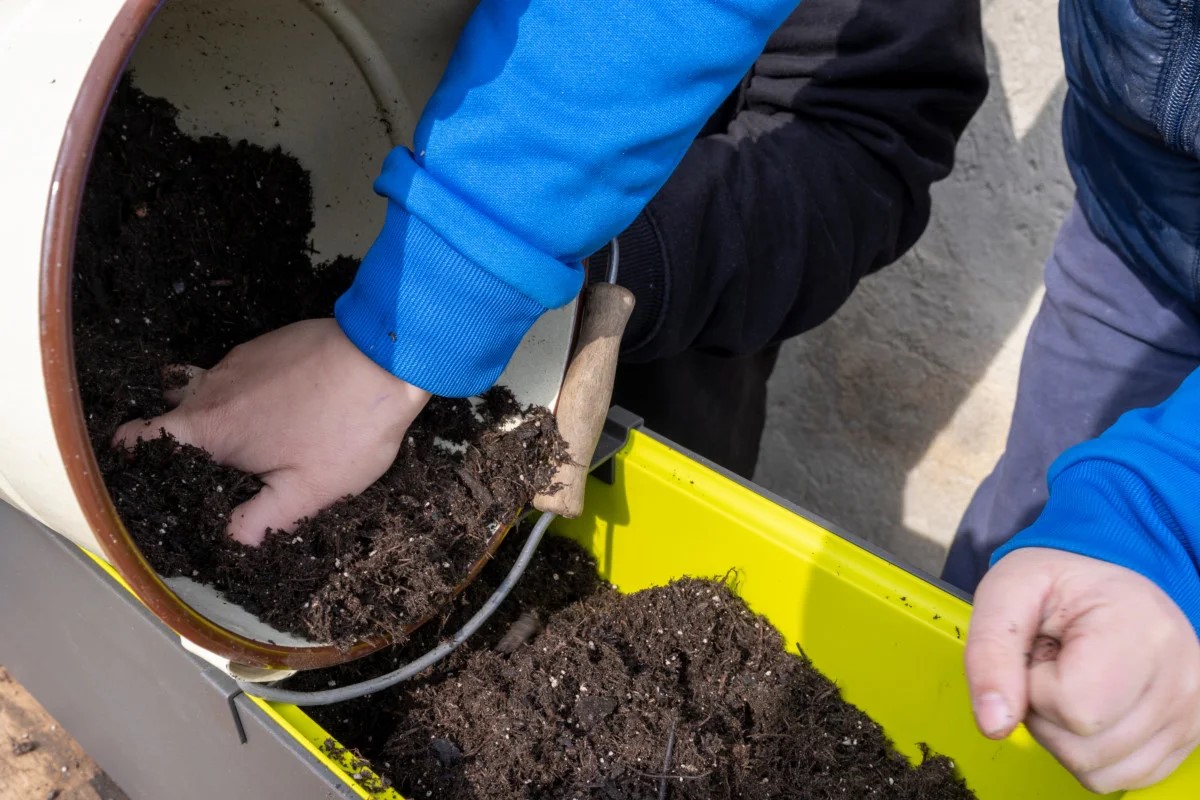
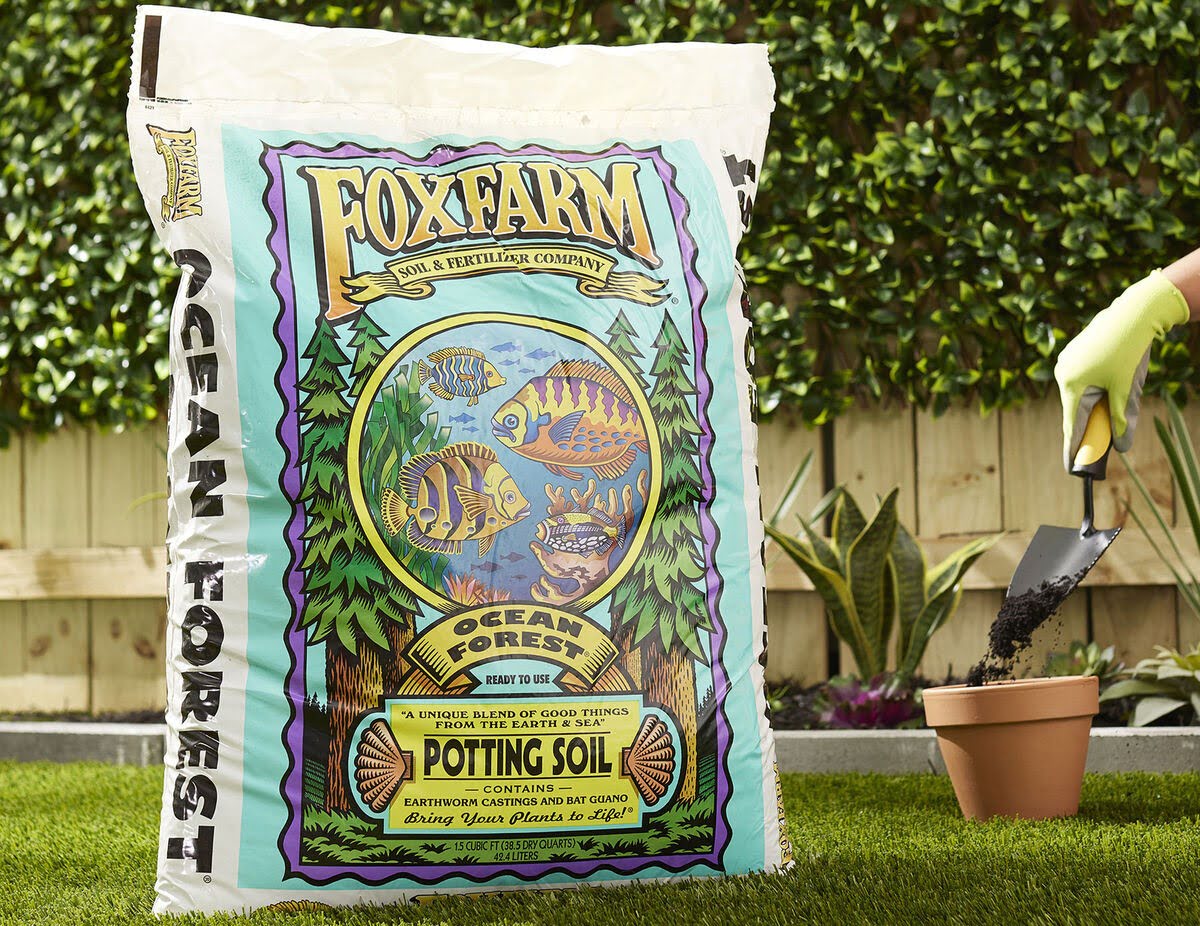
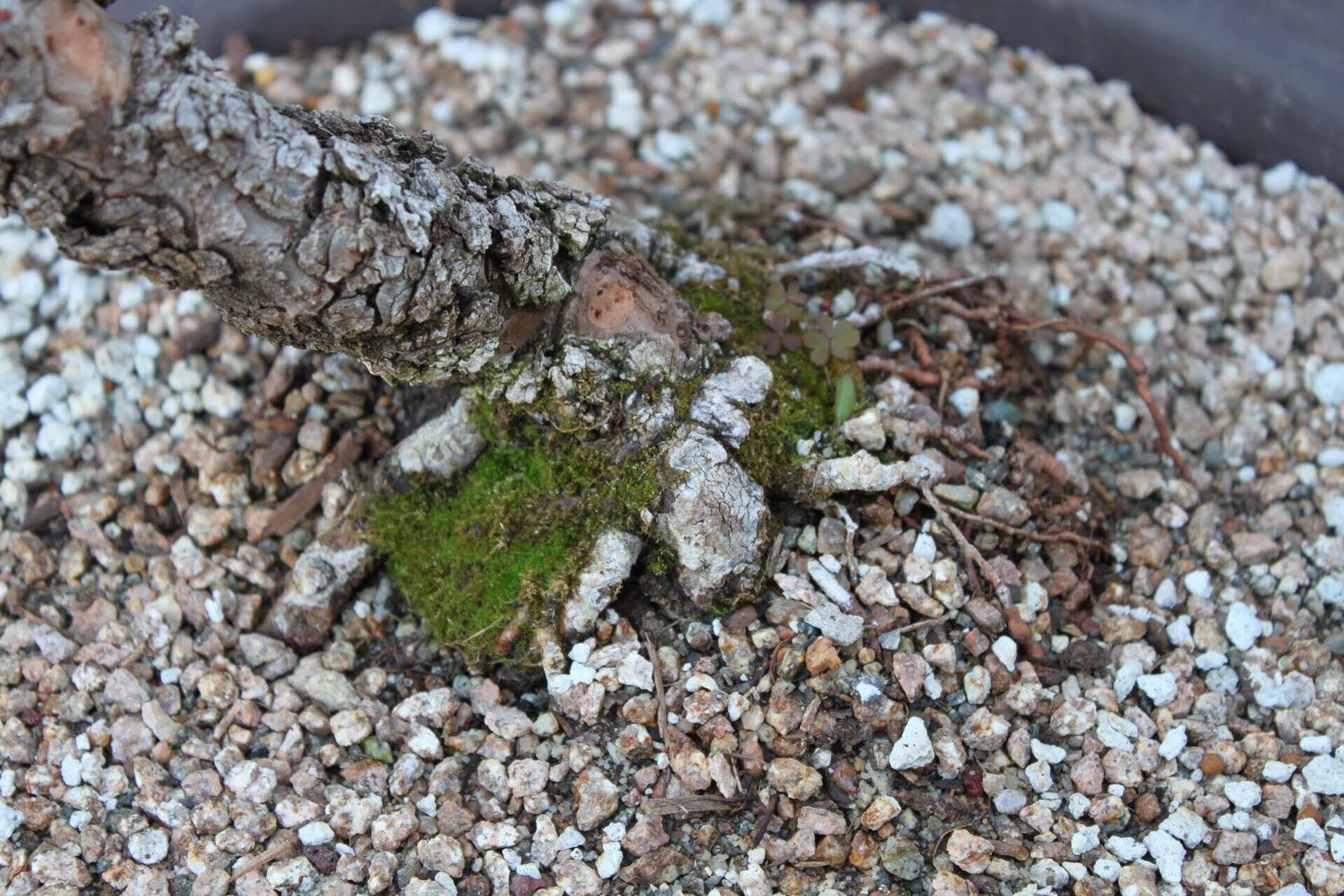
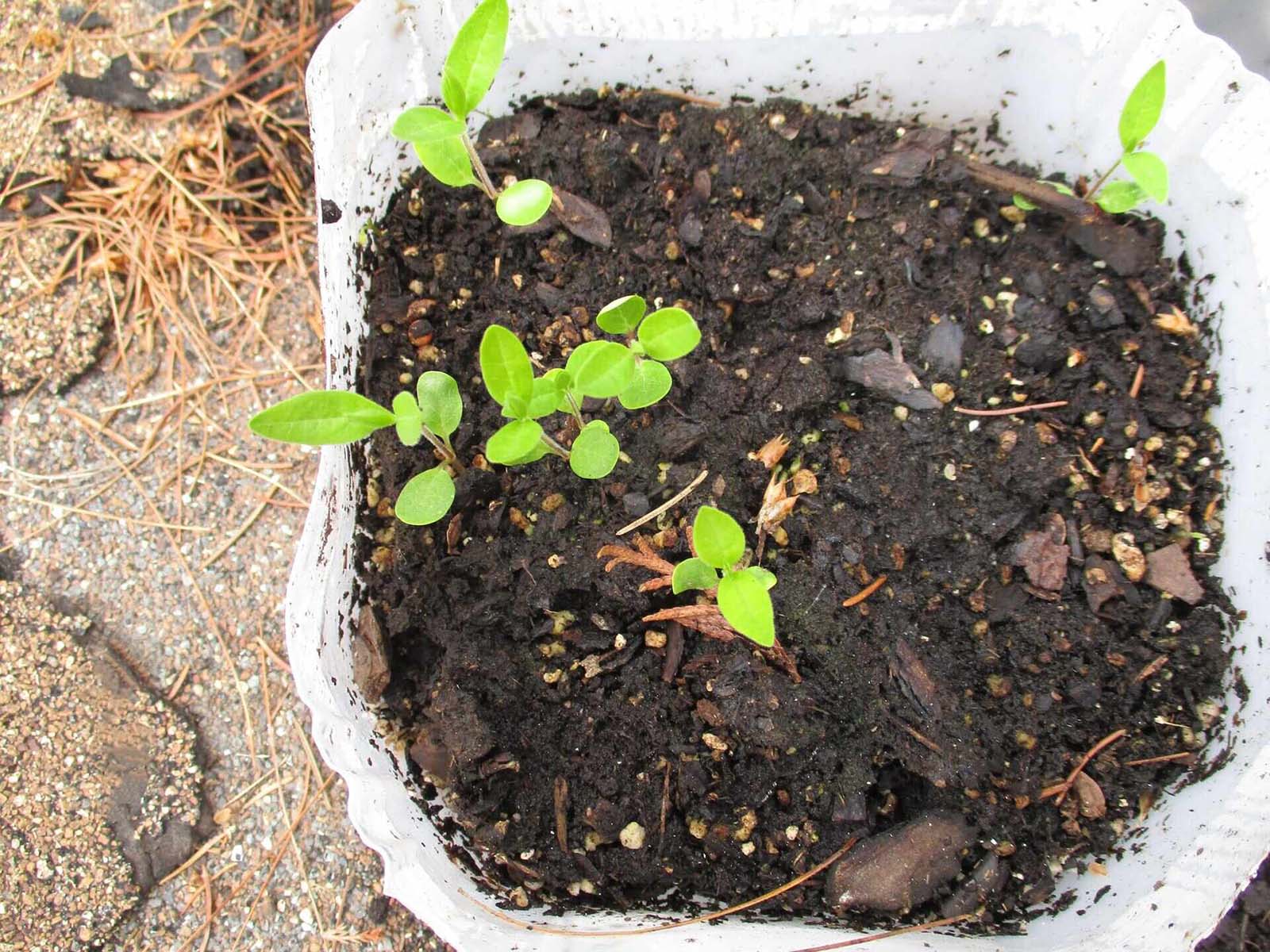

0 thoughts on “What Is The Proper Soil Mix For Grass”